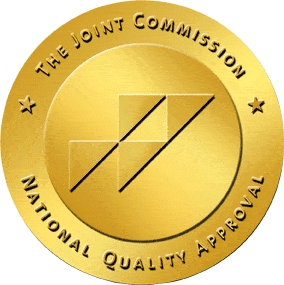Assessing the Risk
With the prevalence of alcohol abuse and alcoholism in the United States—over seventeen million people—questions about foods containing or prepared with alcohol are a common and legitimate concern.
Some insist that alcohol in food or cooking is nothing to worry about, often citing a commonly held belief that alcohol gets cooked out of foods during the preparation process. They claim that alcohol is literally boiled off during heating or cooking and its alcoholic potency is destroyed or eliminated.
This is a myth and is not based on accurate science. Alcohol still remains in significant amounts when used in various recipes.
Evidence indicates those recovering from alcoholism could be adversely affected by a small amount of alcohol, even if consumed accidentally. Accurately assessing risk and making wise choices depends on getting the facts straight.
Alcohol Retention in Food
The U.S. Department of Agriculture published a table of nutrient retention factors. The table includes information about nutrients, including alcohol, contained in 290 different foods under a variety of cooking and preparation methods.
An analytical study was performed to determine the extent of alcohol that was lost during food preparation under a variety of methods and lengths of time.
The results are quite detailed, but below are some findings from the study. Keep in mind that there are variables involved, and this is a general guideline.
85% of the alcohol remained when added to boiling liquid and then removed from heat shortly after.
75% alcohol retention was noted when using the flaming method of cooking.
70% of the alcohol persisted when using no heat and storing the food overnight.
45% of the alcohol remained when baked for 25 minutes with the mixture not being stirred.
When stirring the mixture, alcohol retention varied based on the amount of time the food was baked or simmered:
40% alcohol retention after 15 minutes
35% alcohol retention after 30 minutes
25% alcohol retention after 1 hour
20% alcohol retention after 1.5 hours
10% alcohol retention after 2 hours
5% alcohol retention after 2.5 hours
The science is unmistakable: alcohol is still present in food after preparation and cooking. Even after long periods of heating, trace amounts of alcohol remain, which could adversely affect a recovering alcoholic.
Avoiding Relapse
Individual vulnerability to relapse is difficult to determine. Clinical studies show that relapse triggers fall into three general categories: exposure to small amounts of alcohol, exposure to alcohol-related cues or environmental contexts and stress.
Those with alcohol-dependence issues are more sensitive to such triggers, which can lead to cravings and an increased desire to drink. The precise mechanisms that contribute to relapse are still being studied, but for those wishing to minimize the risk, avoiding food prepared with alcohol is a wise precaution.
Whether visiting others or preparing food at home, it is important to stay informed about what is going into your food. Popular recipes often call for different kinds of alcohol. Thankfully, there are many items that can be easily substituted for alcoholic components without ruining your favorite dish.
What about eating out at restaurants where food may be prepared with alcohol? Communicate with your waiter, ask about menu options without alcohol and do not hesitate to make your preferences known.



